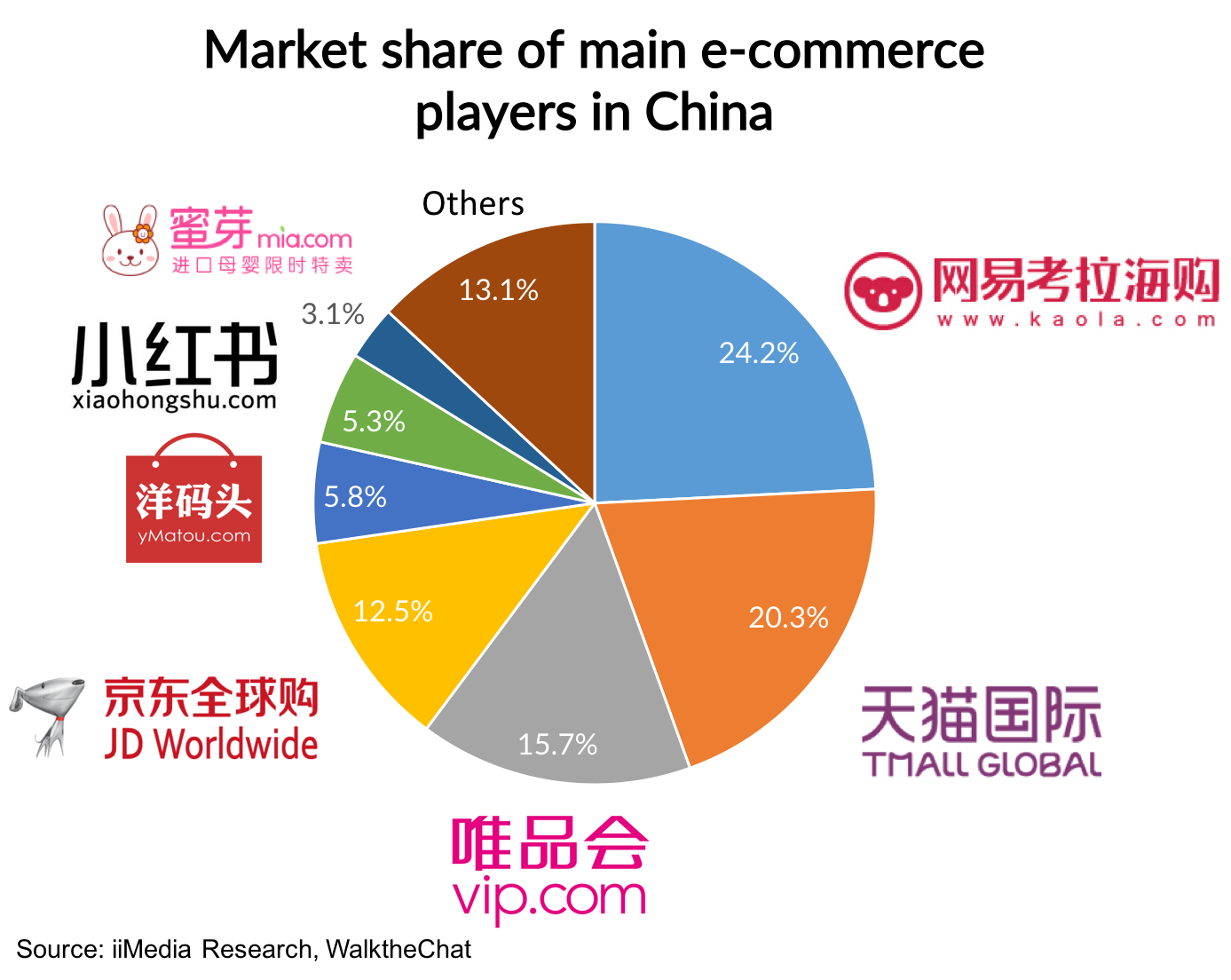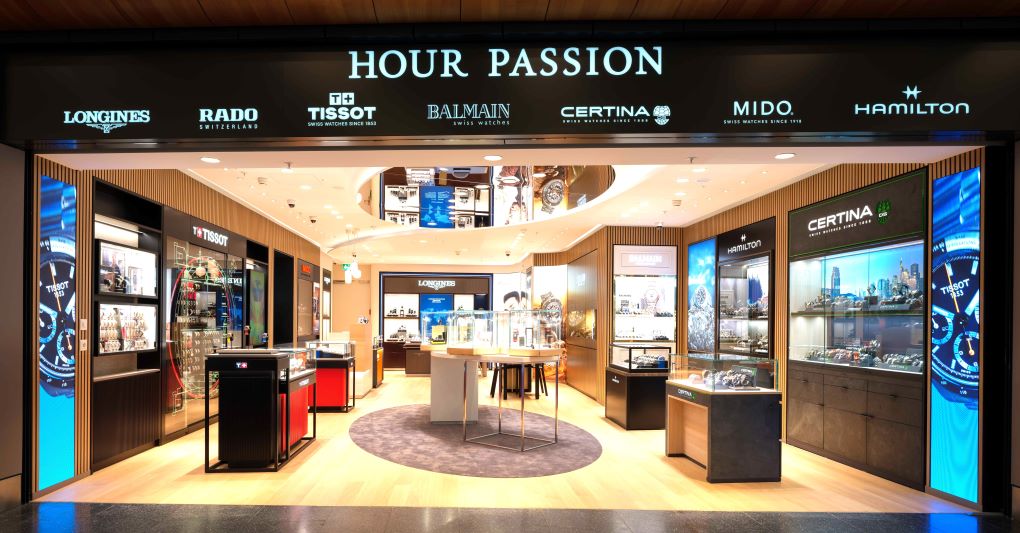 CHINA. A recent report titled The Cross-Border E-Commerce (Haitao) Opportunity in China, compiled by Azoya and business consulting firm Frost & Sullivan, highlights that an estimated 125 million Chinese consumers purchased through these channels in 2017.
CHINA. A recent report titled The Cross-Border E-Commerce (Haitao) Opportunity in China, compiled by Azoya and business consulting firm Frost & Sullivan, highlights that an estimated 125 million Chinese consumers purchased through these channels in 2017.
According to Moodie Davitt content partner Jing Daily, the Azoya study found that cross-border import platforms are one of the most cost-effective ways of purchasing overseas products, with little risk of buying fakes. Even after factoring in a new cross-border sales tax announced in April 2016, the after-tax prices of many products purchased through cross-border channels are lower than those paid on traditional channels, said Jing Daily.

Jing Daily stated that the growth of cross-border e-commerce is positive news for foreign brands, especially for overseas brands and retailers that lack the scale to establish physical operations in China.
“Even for brands who are planning to launch full-scale retail operations in China, cross-border e-commerce is an excellent means to test the market, allowing retailers to collect and analyse data on Chinese customers, which they can then use to inform their Chinese-market strategies,” the publication added.
Other cross-border platforms in China
While many brands typically opt for Tmall and JD.com, China’s best-known cross-border platforms, China has numerous others which offer lower barriers to entry but still have millions of users.

Below are Jing Daily’s four picks that are well-suited to luxury brands:
- RED
With over 60 million registered users, RED (also known as Redbook or Xiaohongshu) is one of the largest and fastest growing social e-commerce apps in China. It is a word-of-mouth marketing platform where consumers can discover and buy international products based on trusted user-generated content, including recommendations and reviews. Its most popular items include foreign cosmetics, beauty supplies, and health products. RED is currently making a push to grow its fashion segment.
RED, described by Jing Daily as a “hybrid between social media and e-commerce”, enables users to buy products directly from merchants. RED is also considered an online direct sales distributor. The company keeps its own inventory which it purchases from retailers, has warehouses in China’s e-commerce trade-free zones and sells directly to customers.
RED’s built-in influencer network provides brands with direct access to millions of young Chinese females with the intent to shop.
- VIP International
Launched in 2014, VIP International is the cross-border e-commerce sub-platform of VIP.com or Vipshop.com. VIP is currently the third largest e-commerce platform in China, after JD.com and TMall, with market share of 15.7%.

The popular flash sales platform focuses on selling international fashion to Chinese consumers at a discount.
VIP International insists on purchasing products directly from the place of origin. It employs professional buyer groups in 11 countries and regions to guarantee product authenticity from the supply chain. VIP International also owns 12 warehouses overseas and 11 bonded warehouses in China.
- Beyond
Established in 2014, Beyond is an up-and-coming cross-border platform that has been profitable since the third quarter of 2017. It is on track to quintuple in size from the year before. Though still relatively small, Beyond’s client list already includes Saks Fifth Avenue, Everlane, DKNY, and Finish Line.
Essentially the platform is a scaled-up version of daigou (shuttle trade). It helps Chinese consumers buy goods from international brands’ websites and ship them to China.

The incentive for Chinese consumers to buy on Beyond instead of brands’ websites is the ability to use Chinese mobile payments, cross-border logistics solutions, and Chinese-language customer service.
Beyond also tries to make things easy for its merchants, claiming that they can get them set up and selling in China in less than three weeks, with no cost upfront. Jing Daily said this is a sharp contrast to many of the other cross-border platforms, especially Tmall and JD.com, which require a significant downpayment. Beyond makes money from charging merchants and adding a processing fee on the consumer side.
To help promote brands on the platform, Beyond has an in-house content creation team and also works with a network of external influencers to help brands with their China marketing efforts.
- LOOK
LOOK is a fashion and lifestyle content platform which claims to offer products from over 2,520 brands. According to the company, it has partnered with over 552 KOLs and media.
The LOOK app, which allows fashion bloggers to post content and build their own online stores, offers a ‘look now, buy now’ experience. It has over 252,000 monthly active users.
LOOK also partners with top WeChat influencers, drawing on LOOK’s brand connections and technology to help them create their own WeChat mini-programme boutique.
Click here to read the full article and to subscribe to Jing Daily.
 *This article was originally published by the much-respected JING DAILY, a Moodie Davitt Report content partner.
*This article was originally published by the much-respected JING DAILY, a Moodie Davitt Report content partner.












